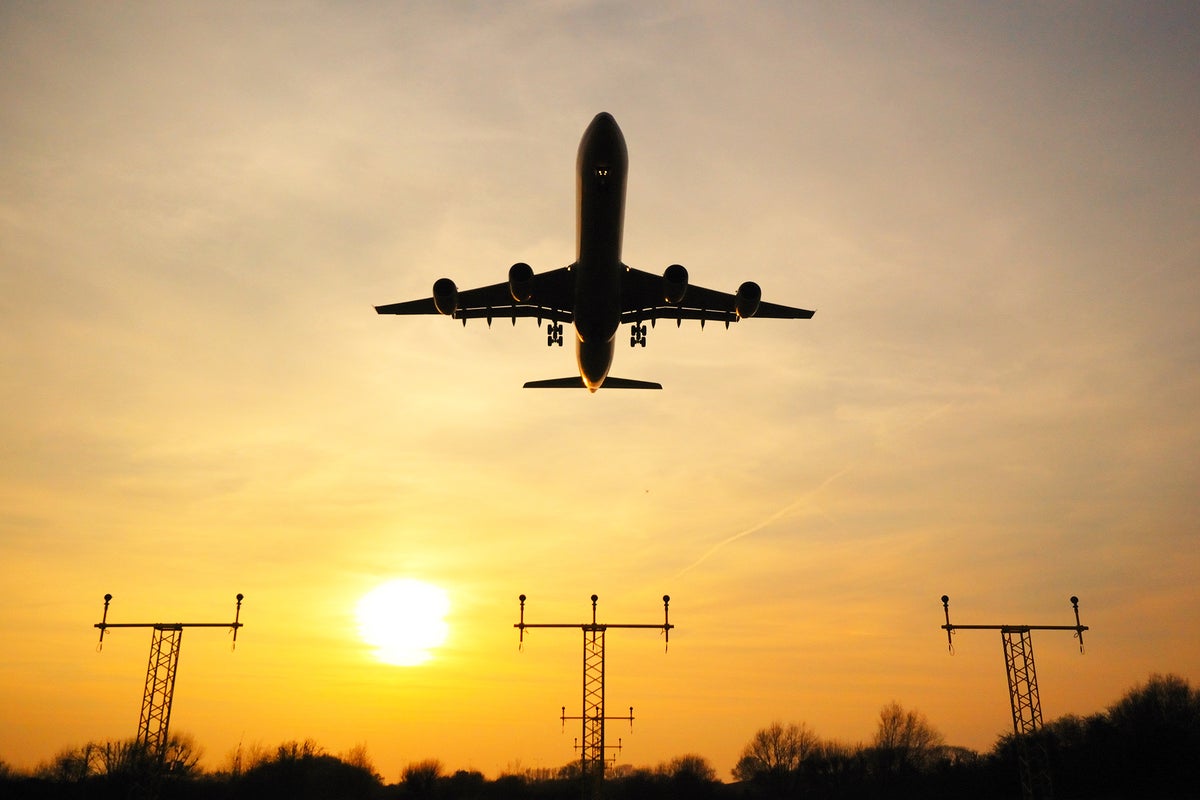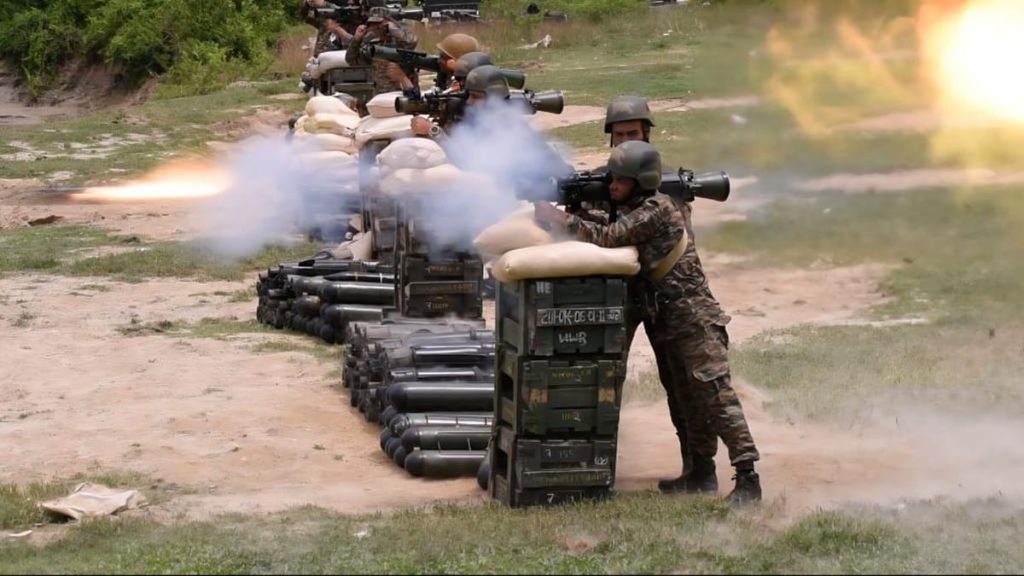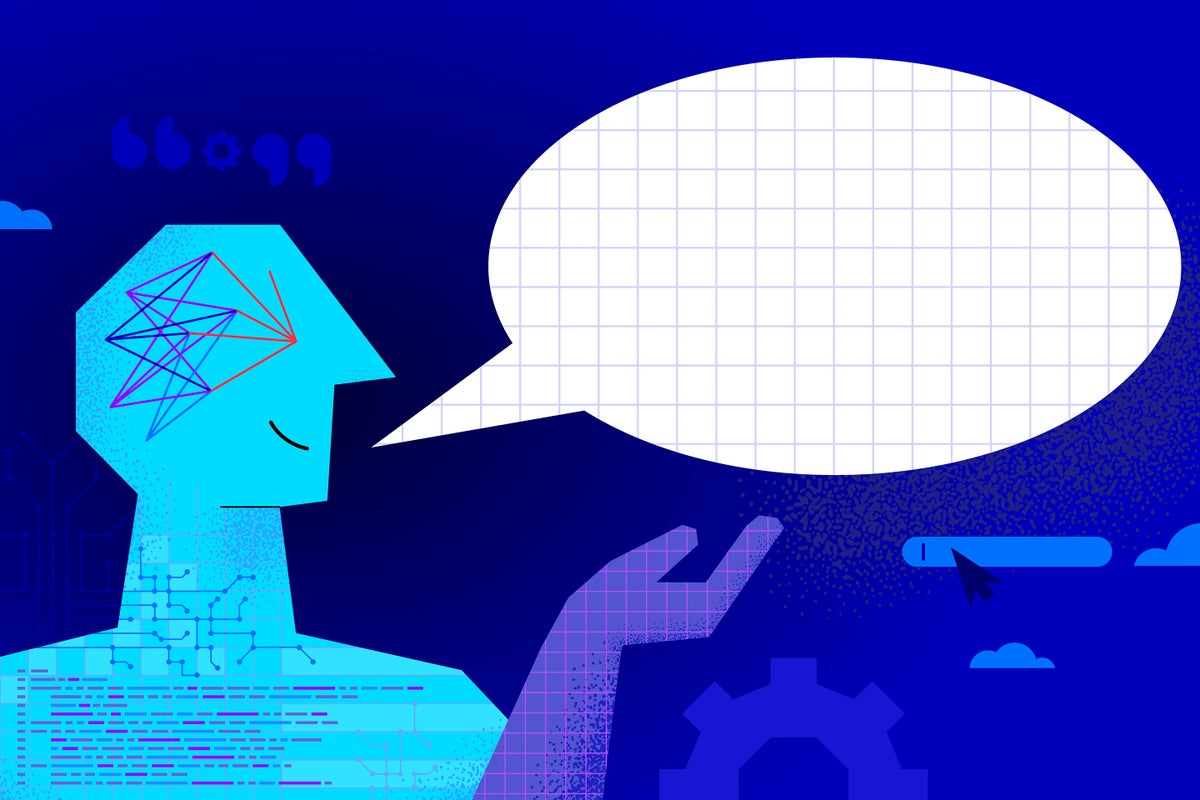Now Reading: Can AI Take Over Air Traffic Control to Boost Flight Safety?
-
01
Can AI Take Over Air Traffic Control to Boost Flight Safety?
Can AI Take Over Air Traffic Control to Boost Flight Safety?

Swift Summary
- On January 29, a U.S. Army Black Hawk helicopter collided midair with an American Airlines passenger jet near Washington National Airport, killing 67 people. Air traffic controllers attempted to warn both aircraft but were unable to prevent the accident.
- Investigations indicate human error may have been a factor, prompting renewed interest in integrating artificial intelligence (AI) into air traffic control (ATC).
- Global air traffic growth and staffing shortages have strained ATC operations reliant on outdated technologies such as paper tracking for aircraft movements and systems from the 1980s.
- AI-based solutions are being tested at airports like Heathrow (UK) and Changi (Singapore), offering capabilities such as enhanced surveillance, collision prevention measures, faster alerts to anomalies, and potential integration into aging infrastructure.
- Examples of AI innovations include Aimee at Heathrow Airport-a system with panoramic vision that flags potential conflicts for controllers-and ACAS X being developed at MIT lincoln laboratory to improve flight navigation systems by reducing false alarms.
- While proponents argue AI can reduce human error and improve efficiency, concerns remain about cybersecurity risks and limitations in handling unpredictable scenarios.Automation might erode human decision-making skills or lead to over-reliance on machines during emergencies.
- Experts highlight legal implications of assigning responsibility for errors when accidents occur due to automated technologies.
Indian Opinion analysis
The exploration of AI in air traffic control represents a meaningful pivot toward modernizing aviation sectors globally. For India-home to an increasingly busy aviation ecosystem-adopting these technologies could alleviate challenges linked with staffing shortages and reliance on legacy systems prevalent across many airports today.Integrating hybrid models that combine automated tools with human supervision may gradually enhance safety standards while accommodating exponential growth in passenger numbers.Nevertheless, India’s approach must tread carefully amidst global debates about balance: relying fully on automation without contingency plans could expose ATC processes to vulnerabilities like cybersecurity threats or reduced adaptability during unexpected situations.The focus should remain on using AI as an assistive layer rather than replacing critical human judgment altogether-a strategy especially relevant given India’s high-density airspaces across both domestic hubs like Mumbai’s Chhatrapati Shivaji Maharaj International Airport and regional environments.
India faces decisions similar to those raised globally around regulatory frameworks governing liability for potential accidents involving advanced automation tools. How policymakers address these concerns will determine whether cutting-edge solutions strengthen aviation safety or demand additional unforeseen costs down the road.




























